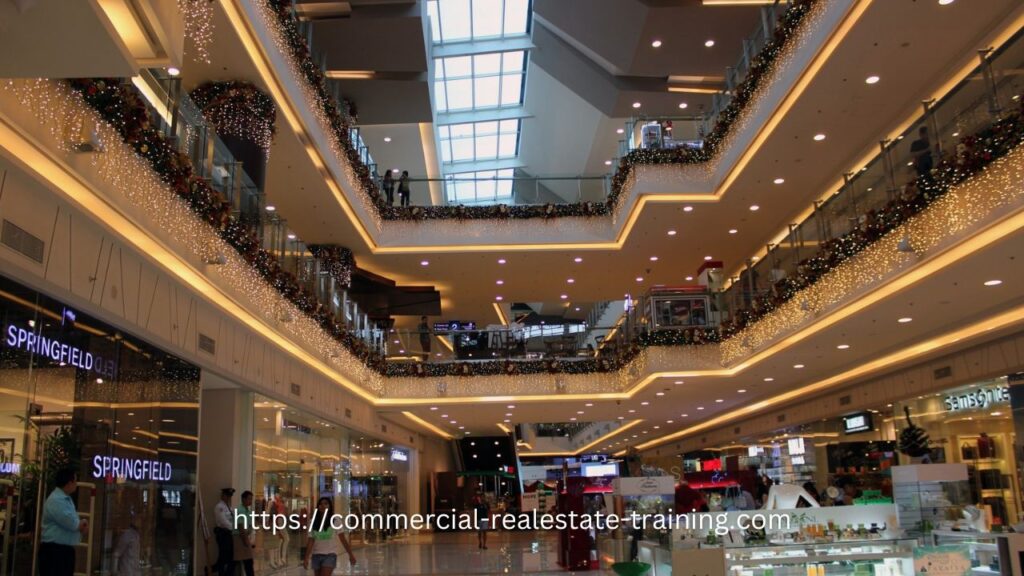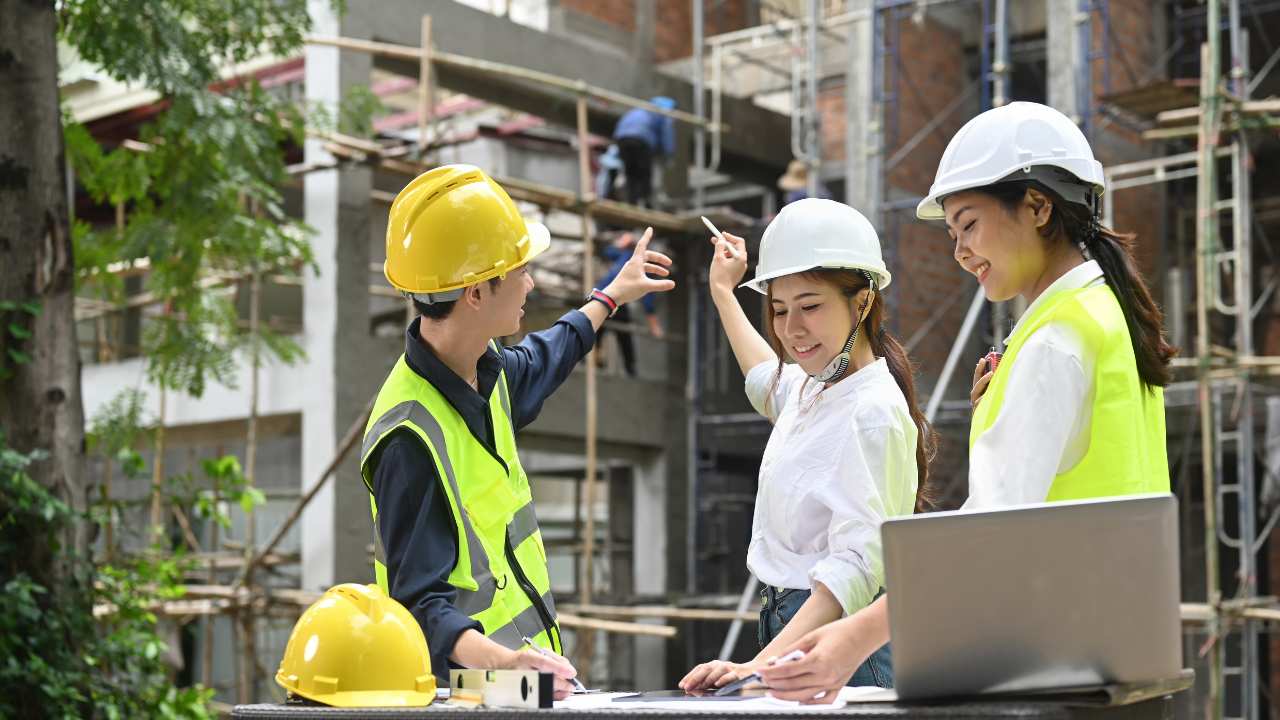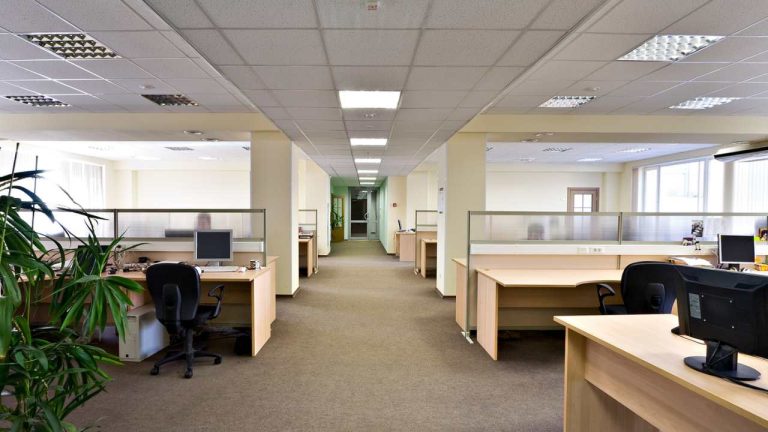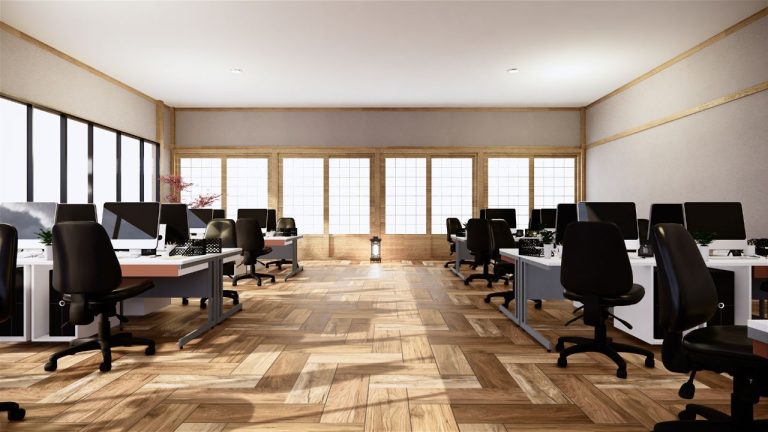Construction Drawings are Essential to Closing a Commercial Real Estate Leasing Negotiation
When it comes to leasing or selling a commercial or retail property, the construction drawings will be of interest and useful in the negotiation. The drawings are also called ‘as-built drawings’. They are created at the time of building construction and should stay with the property and the existing owner of the building throughout its lifecycle of occupancy.
These drawings can greatly help you when negotiating with a new occupant or buyer for the building. Unfortunately, many inexperienced property owners will not ask for the drawings as part of the property purchase and due diligence; the plans then get lost, and replacement drawings can cost many thousands of dollars.

Construction Drawing Categories
You can learn so much about the property in the construction drawings, which can help in any lease or sale negotiation. The drawings will help you with important property choices and things such as:
- Building structure
- Electrical layouts and supply
- Plumbing and hydraulic connections
- Stormwater drainage and sewer connections
- Power supply availability and power switchboard load tolerances
- Lighting grids and illumination capability
- Communications connections (telephone, data, and internet)
- Air conditioning and climate control
- Floor plates and floor tolerances
- Fitout design given common area locations and property access
- Building specifications and finishes
A good leasing agent will work with these drawings to understand where important things, such as lighting, water, and communications, are located in a building for a tenant to connect to. A good sales agent will understand that these plans and drawings will help progress the sale and any engineering investigations at the time of due diligence.

Using the Construction Plans?
So, how would you use these valuable documents and property specifications? Try some of these:
- Supply plans to the tenant’s architect so fitout design decisions can be made for the property and the tenant.
- Use the plans at times of building maintenance and repair to facilitate timely repairs
- Consider how tenancies may be expanded to suit expansion requirements
- Upgrading of the property and undertaking any renovation strategies in common areas.
- Moving walls and access points as part of a tenant move or relocation.
- Modification of safety, security, communications, lighting, electrical, and water grids in the building
- Helping tenants understand the air conditioning capability of the building and how they can tap into existing equipment.
A good set of ‘construction drawings’ will help you maintain building standards in both common areas and tenant-occupied premises. If you are working with any property owner, ask for the drawings as you assess leasing opportunities and fit-out designs.







